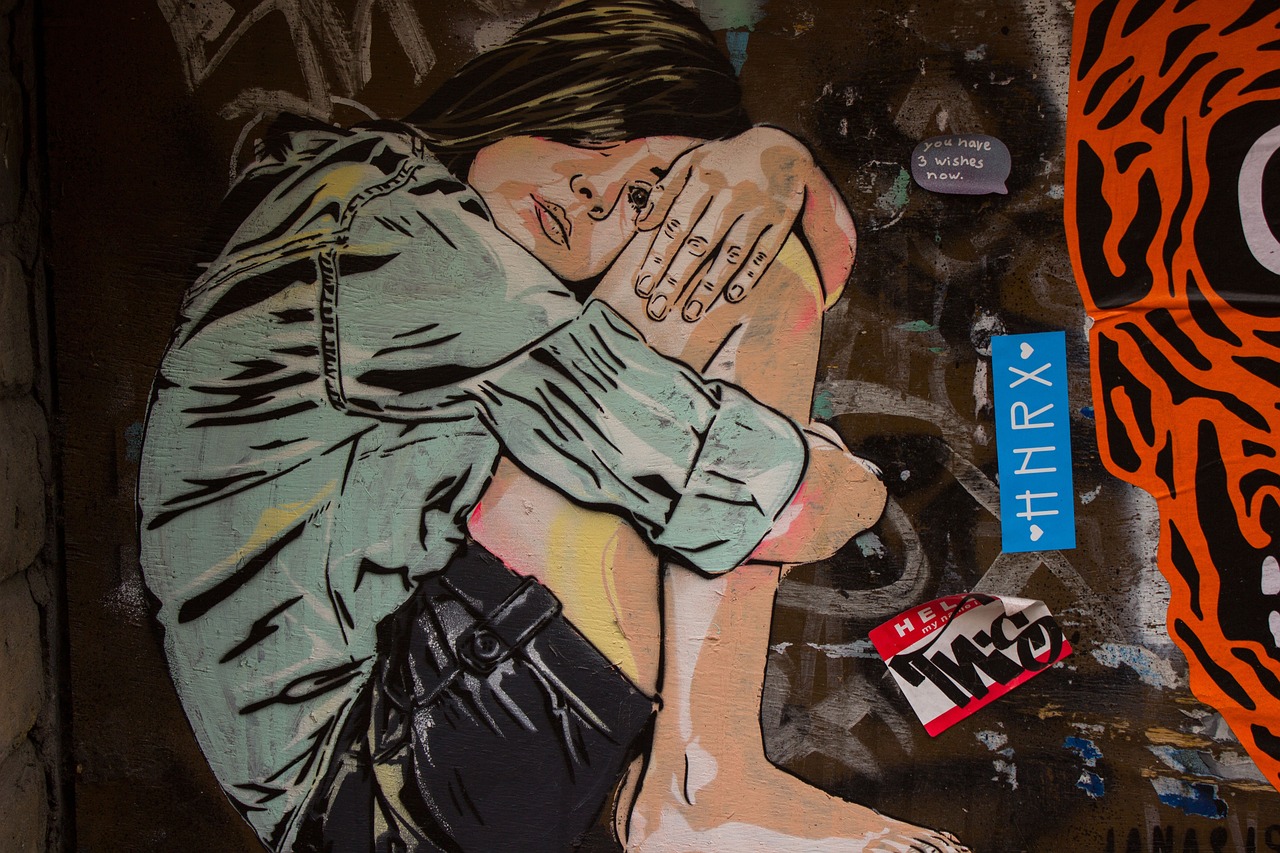**Breaking the Fourth Wall: An Unorthodox Approach to Storytelling**
The world of arts and entertainment is no stranger to breaking boundaries and defying conventions. One such trend that has been gradually gaining momentum and transforming narratives across mediums is the act of breaking the fourth wall. Historically considered a radical storytelling technique, it is now becoming a popular tool for artists to achieve a deeper level of audience engagement.

Chapter One: Breaking New Ground
Breaking the fourth wall, a term originally coined in theater, refers to the act of a character acknowledging their fictionality, directly addressing the audience, or otherwise ignoring the imaginary boundaries that separate them from the spectators. This technique was first used in Ancient Greek and Roman theater, where actors would interact with audiences to amplify the dramatic effect of a performance.
Chapter Two: From Stage to Screen
As the arts evolved, this radical technique found its way to the world of cinema. In films, breaking the fourth wall has been used to comedic effect, to narrate, or to provoke thought. A prime example is the 1986 film “Ferris Bueller’s Day Off,” where Ferris often speaks directly to the camera, giving the audience an insider’s view of his thoughts and plans. More recently, the “Deadpool” franchise has used this technique extensively, adding layers of self-referential humor to the narrative.
Chapter Three: Breaking the Fourth Wall in the Digital Age
With the advent of the digital age, the fourth wall is being shattered in innovative ways. Video game developers are creating immersive experiences where players are recognized as separate entities from the game characters. Similarly, in virtual reality, the audience is not just a passive spectator but an active participant in the narrative, blurring the lines between fiction and reality.
Chapter Four: Impact and Reception
The impact of breaking the fourth wall is profound. It challenges traditional storytelling norms and compels audiences to engage in new ways. However, it’s also a high-risk, high-reward strategy. When done well, it can elevate a piece of work to new heights of creativity. But if done poorly, it can be jarring and off-putting, disrupting the audience’s suspension of disbelief.
Chapter Five: The Future of the Fourth Wall
As we move forward, the trend of breaking the fourth wall is likely to continue and evolve, with artists finding new and creative ways to engage their audiences. This technique, once a radical departure from tradition, is becoming a new norm in the arts, challenging us to redefine our understanding of storytelling.
In conclusion, the act of breaking the fourth wall is more than just a storytelling technique. It’s a testament to the ever-evolving nature of artistic expression, and its continued popularity is a testament to the transformative power of the arts. Whether it’s on stage, screen, or virtual reality, this trend is reshaping the way we engage with narratives, offering a fresh, unique perspective on the world of arts and entertainment.




